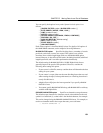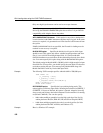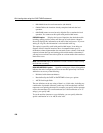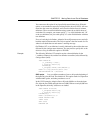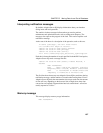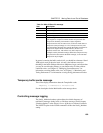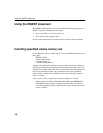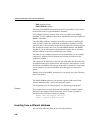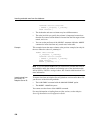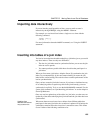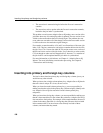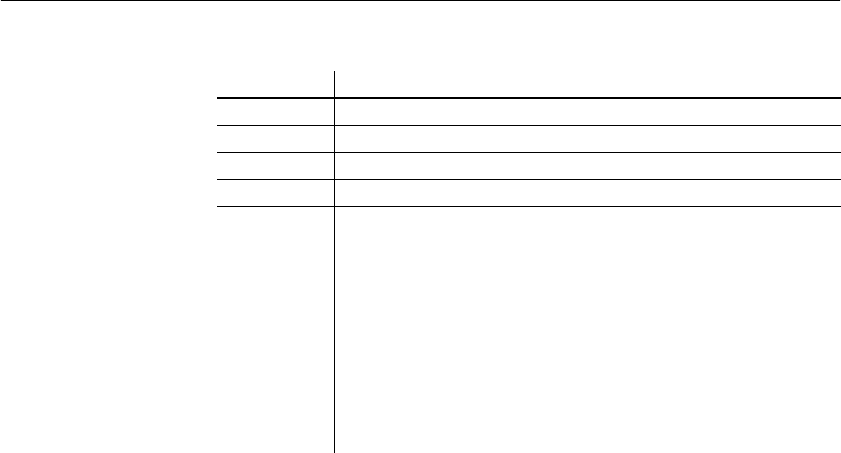
CHAPTER 5 Moving Data In and Out of Databases
189
Table 5-4: Main IQ Store file message
In general, assuming the buffer cache is full, you should have between 10 and
1000 logical reads per physical read. A lower value indicates excessive
thrashing in the buffer manager. More than 1000 times larger can indicate that
you may be overallocating memory to your buffer cache. If either of these
conditions exists, see Chapter 12, “Managing System Resources” for
information on setting buffer cache sizes, or Chapter 13, “Monitoring and
Tuning Performance” for information on using the IQ performance monitor.
Temporary buffer cache message
These lines display information about the Temp buffer cache.
Temporary I: L25240/P8 O: D4749/P0 C:D0
See the description for the Main buffer cache message above.
Controlling message logging
The Notify_Modulus database option adjusts the default frequency of
notification messages during loads, or omit these message. See the chapter
“Database Options” in the Adaptive Server IQ Reference Manual for details.
The NOTIFY option in the LOAD command overrides the Notify_Modulus
setting.
Item Description
Main: I: L# Number of logical file reads.
P# Number of physical file reads.
O: D# Number of times a buffer was destroyed.
P# Number of physical writes.
C: D# Buffer manager data compression ratio. This is the total number of
bytes eligible for compression minus number of bytes used after
compression divided by total number of bytes eligible for
compression times 100. In other words, it tells how much data was
compressed (what percentage it is of its uncompressed size). The
larger the number, the better. Only certain data blocks are eligible for
compression. Eligible blocks include indexes, (90-95% of a
database) and Sort sets. This reflects only data compression
techniques used by the buffer manager. Other data compression may
take place before data reaches the buffer manager, so the total data
compression may be higher.



